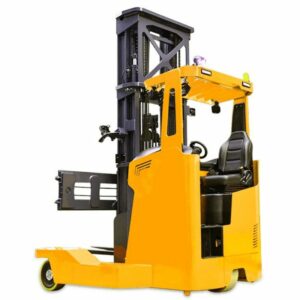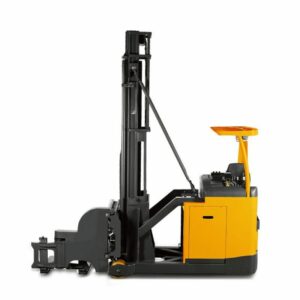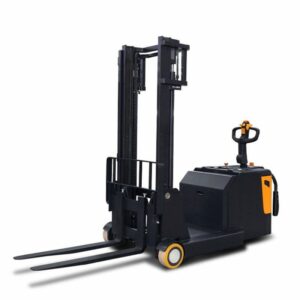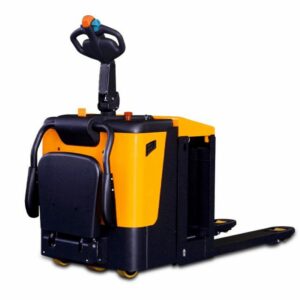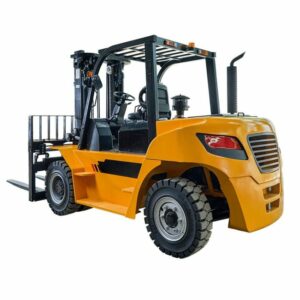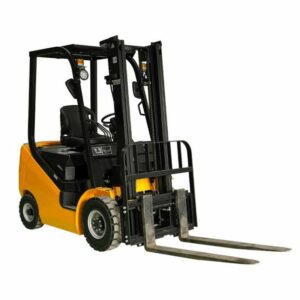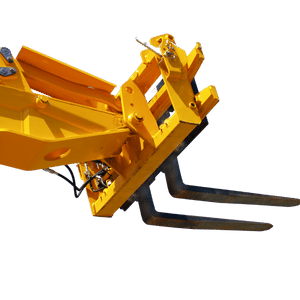PRODUCT FEATURES
Rotating Telehandler Manufacturer To Rocket Your Business
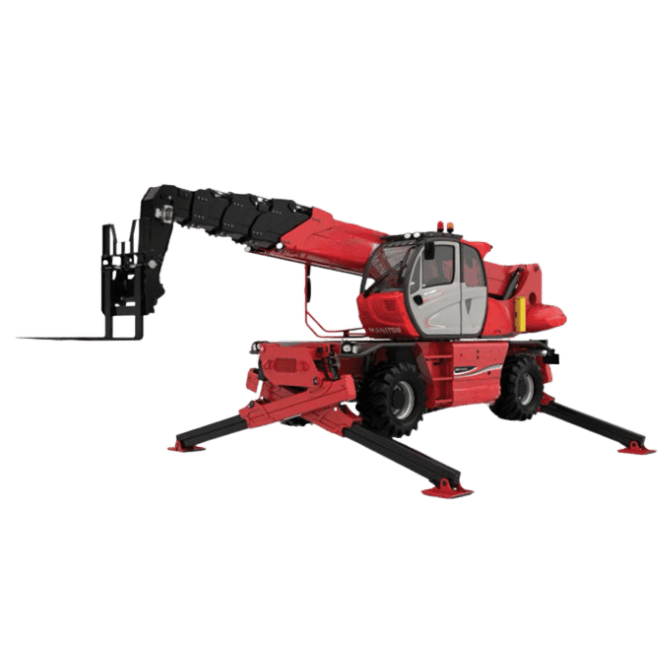
PRODUCTS
Proud to Offer a Wide Variety of Forklifts
If you are looking for something specific that isn’t listed on our website yet, just contact us today.

ABOUT US
Who is uforklift.com
uforklift.com have seen that today there are also many forklift companies in China & internationally. However, their solutions were still stuck a few years ago.
In fact, we have been upgraded in recent years, and uforklift.com hope our smart and flexible solutions can inject fresh blood into this market.
PARTNER
Who Trust Us





BUYER’S GUIDE
Rotating Telehandler
The rotating telehandler is a type of telehandler that has a 360-degree rotation. This allows the operator to move in any direction while still using the same control station. It also reduces the amount of space required for storage and transport.
The rotating feature allows it to move in any direction, making it ideal for construction sites where there are no clear paths or parking spaces for large vehicles. The rotating feature also allows for more precise positioning when using the crane arm to lift heavy objects.
The telehandler uses its three steering wheels to move around while it also uses its boom arm to lift heavy objects. It also features an intelligent control system that enables safety and reliability in any situation, while reducing operating costs by up to 50%.
Table of contents
1. Rotating Telehandler Definition
A rotating telehandler, also known as a 360 roto telehandler, is simply a type of handler that can rotate its body. This functionality is achieved through the use of a rotating platform, which is located at the base of the machine. It is battened down with hydraulic rams and can rotate up to 360 degrees.
Rotating telehandlers come in two main varieties: standard rotating telehandlers and slewing rotating telehandlers. They are usually battery operated and the rotating platform is powered by an electric motor. It can also be operated by remote control from the platform or from outside the cab.
This type of telehandler can be used in a variety of applications, including construction, agriculture, and even some manufacturing settings. In general, rotating telehandlers are best suited for tasks that require frequent repositioning or maneuvering in tight spaces.

2. Features of Rotating Telehandler
These features make the rotating telehandler an extremely versatile and powerful piece of equipment, capable of handling a wide range of tasks in a variety of applications.
Some of the rotating telehandler’s key features include:
Rotating Turntable
The rotating turntable allows the operator to rotate the boom and load through 360 degrees, providing unrivaled versatility and maneuverability.
Extendable Boom
The extendable boom gives the rotating telehandler a reach of a max lift height up to 18m (fully extended), making it ideal for tasks such as loading and unloading vehicles or placing materials at height.
Payload Capacity
The rotating telehandler has a payload capacity of up to 12 tonnes, making it perfect for heavy-duty applications.
Four-Wheel Drive System
The four-wheel-drive system ensures that the rotating telehandler can tackle even the most challenging terrain.
Anti-Collision System
An anti-collision system is fitted as a standard to prevent accidents when working near the job site, other objects, or people.
Emergency Stop Button
An emergency stop button is located within easy reach of the operator, allowing them to stop the machine in an emergency.
Operating a rotating telehandler is relatively straightforward. However, it is important to have a basic understanding of the controls and features before using one.

3. Operation of a Rotating Telehandler
Operating a rotating telehandler is not difficult, but there are a few things to keep in mind. For a successful and safe operation, here is a step-by-step guide:
| Steps | Process |
| Step#1 | Inspect the Telehandler Before Use |
| Step#2 | Familiarize Yourself With the Controls |
| Step#3 | Start the Engine |
| Step#4 | Position the Telehandler |
| Step#5 | Lift and Transport the Load |
| Step#6 | Lower and Unload the Load |
| Step#7 | Shut Off the Telehandler |
Step#1 Inspect the Telehandler Before Use
Before using a rotating telehandler, always inspect it for any damage or potential hazards. Make sure that all safety devices are in place and functioning correctly such as brakes, mirrors, and work lights. If the operator notices any damage, do not use the telehandler and report it to a supervisor immediately.
Step#2 Familiarize Yourself With the Controls
All rotating telehandlers have different controls, so the operator should be familiar with the specific controls of the telehandler he will be using. Read the operator’s manual before using the machine. If possible, practice operating the controls on a similar model before using the actual machine.
Step#3 Start the Engine
Start the engine according to the manufacturer’s instructions. Once the engine is running, check the gauges and make sure that everything is in the normal range.
Step#4 Position the Telehandler
When the operator is ready to use the rotating telehandler, position it in a safe and level area. If the operator needs to move the telehandler over uneven ground, make sure that the telehandler is on empty weight or load is balanced before moving.
Step#5 Lift and Transport the Load
Once the rotating telehandler is in position, the operator can lift and transport the load. Make sure that the load is properly secured before moving it. When transporting the load, keep it as close to the ground as possible to avoid tipping.
Step#6 Lower and Unload the Load
When the operator reaches his destination, lower the load slowly and carefully. Once the load is lowered, unload it from the telehandler and check to make sure that it is not damaged.
Step#7 Shut Off the Telehandler
After the operator has unloaded the load, shut off the rotating telehandler and set the controls to their neutral position. Inspect the machine for any damage and report any problems to a supervisor. Always follow proper safety procedures when operating a rotating telehandler.
That’s it! Remember to always inspect the machine before and after using it, and to follow all procedures for complete safety.
4. Benefits of Using a Rotating Telehandler in the Workplace
Owning a rotating telehandler can offer many benefits in the workplace. Here are just a few examples of how this type of equipment can make your client’s job easier:
Versatile
Rotating telehandlers are designed to be versatile and offer a variety of features that can make your client’s job easier. It can be used for a variety of tasks, including lifting, moving, and placing materials.
Increased Productivity
This type of equipment can help increase your client’s productivity by allowing them to complete tasks more quickly and efficiently.
Improved Safety
Rotating telehandlers can also improve safety in the workplace by reducing the risk of injuries associated with manual handling tasks. They are designed to be safe to use and offer a variety of safety features.
These benefits can be of great help in the workplace, so if you are considering purchasing a rotating telehandler, be sure to weigh all of your options before making a decision.

5. Limitations to Using a Rotating Telehandler
A rotating telehandler can be a great asset to have on any construction site. However, there are some limitations that you should be aware of before purchasing one.
Tight Spaces
First, rotating telehandlers are not meant for use in tight spaces. They need a lot of room to maneuver, so if your client is working in a small area, it’s best to use another type of machine.
Soft or Uneven Surfaces
Rotating telehandlers are not meant for use on soft or uneven surfaces. The rotating mechanism can cause the machine to tip over if it’s not on level ground. If your client is working in an area with soft or uneven ground, it’s best to use a different type of machine.
High Winds Can Be Dangerous
Another limitation to using a 360 telehandler is that high winds can be dangerous. If the wind is strong enough, it could cause the machine to tip over.
Operator Experience and Training
Another limitation of rotating telehandlers is that they require operator experience and training. This type of machine is not easy to operate, so it’s important to make sure that whoever is operating it is properly trained and has experience.
Those are some of the limitations to using this equipment to keep in mind. If your client is considering using a rotating telehandler on a construction site, be sure to take these limitations into account.
6. How Is a Rotating Telehandler Different From a Traditional Telehandler
What are the differences between a rotating telehandler from a traditional telehandler? Here are some of the key differences:
- A rotating telehandler can rotate 360 degrees, whereas a traditional telehandler is limited in its rotation.
- A rotating telehandler typically has a smaller turning radius than a traditional telehandler.
- A rotating telehandler usually has a higher lifting capacity than a traditional telehandler.
7. Industries That a Rotating Telehandler Typically Used In
A rotating telehandler is a construction vehicle that is used to move heavy loads around a worksite. This type of telehandler has a rotating turntable that allows the operator to rotate the boom and load without having to reposition the entire vehicle. Rotating telehandlers are typically used in industries such as:
Construction
Rotating telehandlers are often used on construction sites to move materials and equipment around. They can also be used to lift and place heavy loads, such as beams and trusses.
Mining
Rotating telescopic telehandlers are sometimes used in mining operations to transport heavy loads of ore or waste rock.
Logging
This telescopic handler is also used in the logging industry to move logs and other heavy loads.
Recycling and Waste Management
Rotating telehandlers can be used in recycling operations to sort and move materials. They can also be used to load and unload trucks.
Power Generation
Rotating telehandlers are sometimes used in power generation facilities to move heavy loads of fuel and equipment.
These are just a few of the industries that which rotating telehandlers are typically used in. If you work in one of these industries, then a rotary telehandler could be a valuable piece of equipment for their business. Contact us at Uforklift to learn more about this type of telehandler and how it can benefit your company.

8. Typical Cost of Buying or Renting a Rotating Telehandler
The cost of a rotating telehandler for sale will vary depending on the specific model and brand. However, you can expect to pay anywhere from USD 50,000 to USD 100,000 for a new rotating telehandler.
If your client decides to rent one, the cost will be about USD 500 per day, while a used rotating telehandler for sale costs between USD 30,000 and 60,000.
These prices may seem high, but rotating telehandlers are an essential piece of equipment for many construction projects. If your client needs one for their next job, be sure to shop around and compare prices before making a final decision.
9. 5 Tips on Buying a Rotating Telehandler
When shopping for a rotating telehandler, be sure to consider the key features that are important to your clients. Some of the most important features to look for include:
#1 Capacity
The first thing to consider is the capacity of the rotating telehandler. Make sure that it has a high enough capacity to handle the loads that they will be lifting. Consider also the maximum reach of the rotating telehandler. This is important if they need to lift loads that are far away from the vehicle.
Some rotating telehandlers also come with an attached bucket. This can be used to move materials around the worksite.
#2 Mobility
Another important consideration is the mobility of the rotating telehandler. Make sure that it has a good turning radius so that they can maneuver it easily around tight corners. You should also consider the ground clearance of the rotating telehandler. This is important if they will be using it on rough terrain.
The tires are another important consideration. Some rotating telehandlers come with all-terrain tires that can handle any type of terrain. Others have special tires that are designed for specific types of terrain, such as mud or snow.
#3 Ease of Use
You should also consider the ease of use of the rotating telescopic handler. Make sure that it is easy to operate and that all of the controls are within easy reach. Make sure that the rotating telehandler comes with a manual or an operator’s guide.
This guide will show the operator how to operate the rotating telehandler and how to perform basic maintenance tasks. It is important to read the manual before using the rotating telehandler.
#4 Cost
Of course, you also need to consider the cost of the rotating telehandler. Make sure that you compare prices from different dealers before making your final decision.
#5 Warranty
Finally, you should consider the warranty of the rotating telehandler. Most manufacturers offer a one-year warranty on their products. However, you may be able to find a rotating telehandler with a longer warranty.
This is important because it will protect you and your client in case something goes wrong with the rotating telehandler. Make sure that you understand the terms of the warranty before purchasing.
With these tips in mind, you should be able to find the perfect rotating telehandler for your client’s needs. Be sure to shop around and compare prices before making your final decision. This type of equipment is an investment, so you want to be sure that you choose the right one for your client’s needs.
10. Final Word
So that’s it! You now know everything there is to know about rotating telehandlers. We hope you found this guide helpful and informative, and that it’s given you a better understanding of how rotating telehandlers can be used in your business.
If you have any questions or comments, please contact us today at Uforklift!
